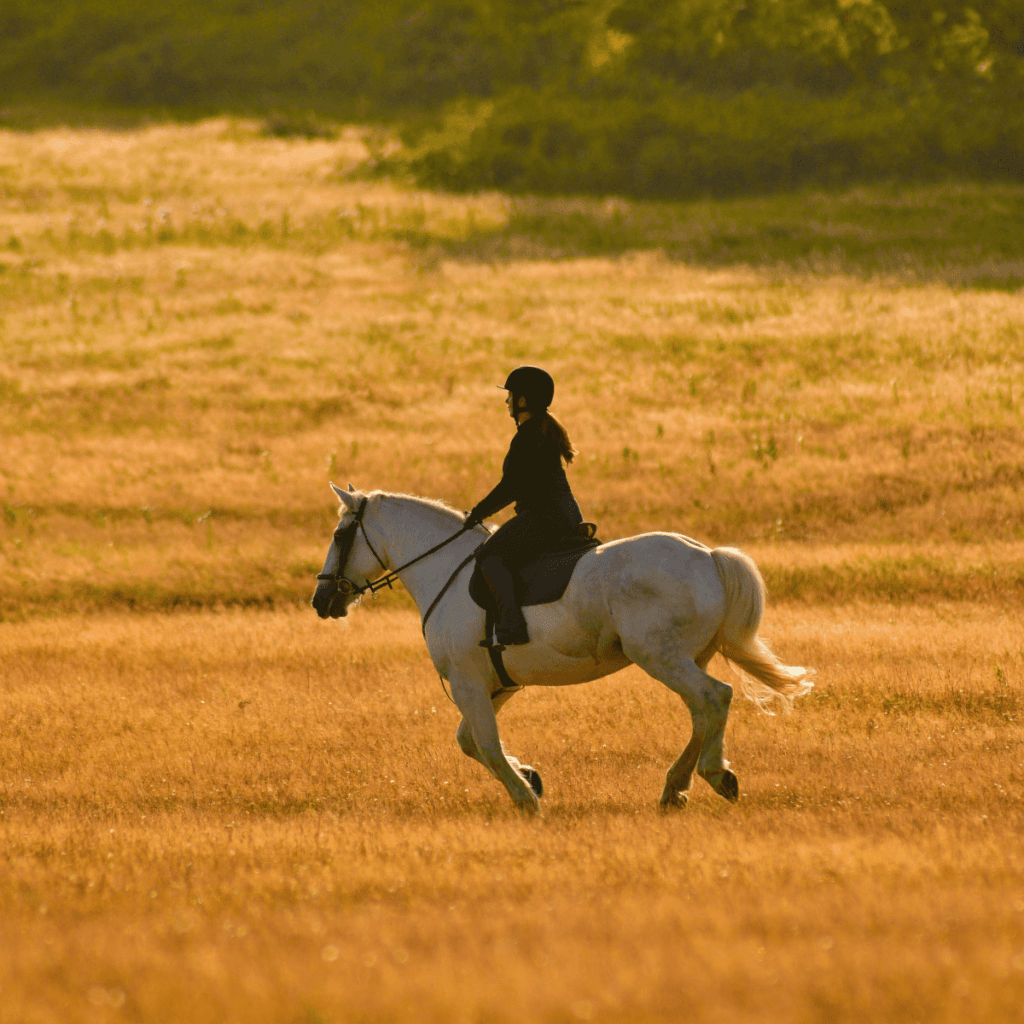How to Fit a Horse Saddle Properly
Fitting a saddle to your horse is essential for both the comfort of the horse and the rider. An ill-fitting saddle can cause pain, hinder performance, and lead to long-term issues. Whether you’re a seasoned rider or a beginner, understanding how to fit a saddle properly will enhance your riding experience. Here’s a simple guide to help you find the right fit.
1. Understand the Basics of Saddle Fitting
Before diving into the fitting process, it’s important to grasp the basic components of a saddle. The key parts include the tree (the frame), the panels (the underside), and the gullet (the channel that runs along the horse’s spine). A well-fitted saddle should distribute weight evenly across your horse’s back.
2. Gather Your Tools
To fit a saddle, you don’t need much. Just have your horse, the saddle you want to fit, a measuring tape, and possibly a friend to help. It’s always easier to have someone assist you in checking the fit.
3. Check the Horse’s Back
Before fitting the saddle, assess your horse’s back. Look for any unevenness or muscle development. The ideal saddle should sit comfortably on the horse’s back without causing pressure points. Pay attention to the withers (the highest point of the horse’s shoulder) and the spine.
4. Place the Saddle on the Horse
With your horse standing squarely, place the saddle on its back. Position it slightly forward, just behind the withers. This is crucial because as you ride, the saddle will shift slightly backward.
5. Evaluate the Fit
Now it’s time to assess the fit:
a. Gullet Width
Make sure there is enough clearance in the gullet. You should be able to fit your hand between the saddle and your horse’s withers. A snug fit is important, but if it’s too tight, it can cause discomfort.
b. Saddle Panels
Check the panels for even contact with your horse’s back. The panels should lay flat against the horse without gaps or excessive pressure. If they rise up or create tight spots, the saddle may not fit properly.
c. Saddle Seat
When you sit in the saddle, it should feel secure but not restrictive. You should be able to move your legs freely while maintaining a good seat.
6. Check for Movement
Once you’ve adjusted the saddle, have someone lead your horse while you observe the movement. Look for signs of discomfort, such as swishing tails or pinning ears back. If your horse appears tense or is trying to move away, the saddle may not fit properly.
7. Consider Your Riding Style
Different riding disciplines often require different saddle types. A dressage saddle, for example, has a deeper seat and longer flaps for optimal positioning, while a jumping saddle is designed to be more forward-placed. Make sure the saddle aligns with your riding goals.
8. Adjusting for Seasonal Changes
Keep in mind that horses’ bodies can change with the seasons due to weight fluctuations or muscle development. Regularly reassess the fit, especially if you notice any changes in your horse’s shape.
9. Consult a Professional
If you’re unsure about your saddle fitting skills, consider consulting a professional saddle fitter. They can provide expert advice and adjustments tailored to both you and your horse.
Fitting a horse saddle properly is crucial for the health and happiness of both horse and rider. By understanding the components of the saddle, assessing the fit, and regularly checking for comfort, you can ensure an enjoyable riding experience. Remember, a well-fitted saddle not only improves performance but also strengthens the bond between you and your horse.
Check Now
Beautiful Pleasure Western Saddles
Classic Quality Premium Leather Tooled Carved Comfort Horse Saddle




